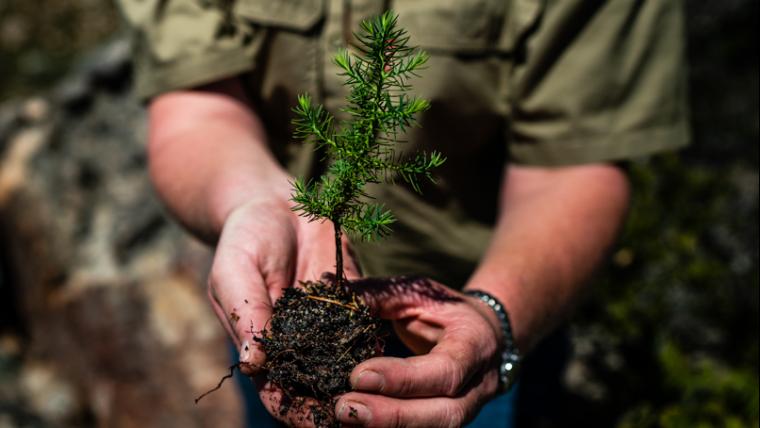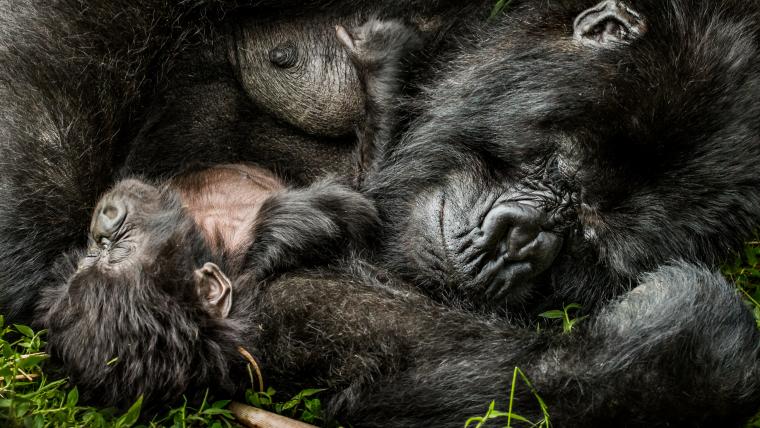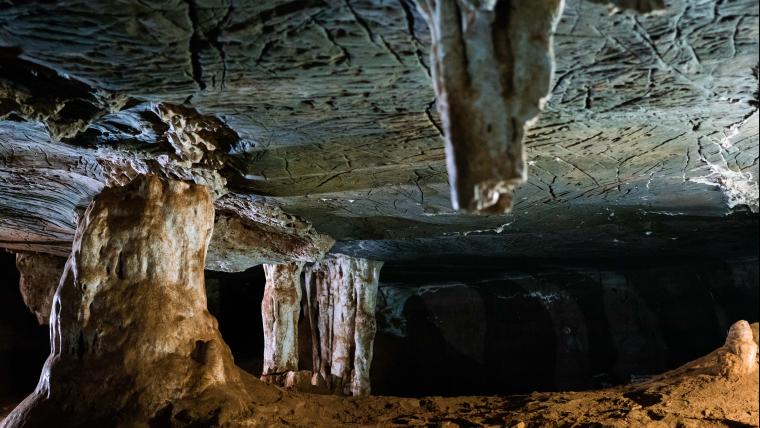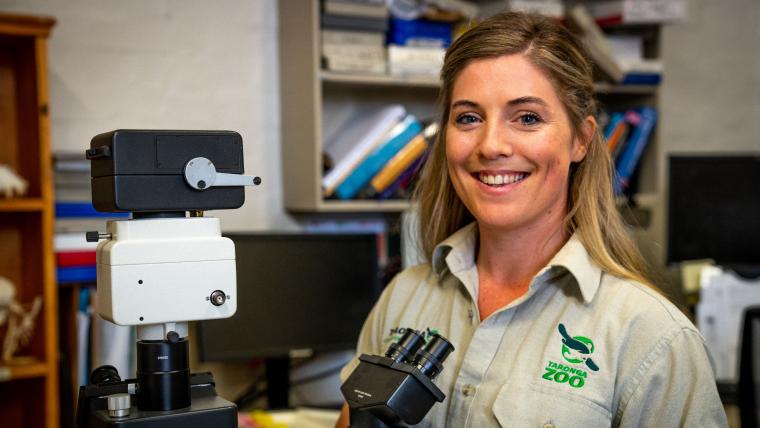
This tree lived through the Ice Age. Will it survive global warming?
The Clanwilliam cedar is one of the few trees to have survived the Ice Age. Endemic to South Africa, they’re the namesake of the beloved Cederberg mountain range. Standing tall across the Karoo plains, the trees support an ecology known only to this region. But today, there are only about 13 000 left in the wilderness, earning their place on the IUCN Red List. Fortunately, their plight is being met by Rika du Plessis, a Cape Nature Conservation Manager working to restore their population.
“The Clanwilliam cedar is part of our heritage,” Du Plessis says. But it faces many threats. The hardy wood and bark make for appealing construction material, leading to an uproar in deforestation. Their thriving nature is a catch 22 – the trees need fire to ignite their growth, but recent outbreaks have burnt them to their core. Global warming is hampering the natural fertilisation of spores that already take over 30 years to grow. With so many factors against them, Du Plessis is germinating as many Clanwilliam cedars as she can.
Animals are not the only species that need to be protected. “Without any trees in the world, there won’t be any life,” Du Plessis says. “We can never have enough voices to promote and speak out for nature because nature can’t speak for itself.” There is still hope for the Clanwilliam cedar, rooted in those ensuring the planet succeeds.






























Please sign in to leave a comment